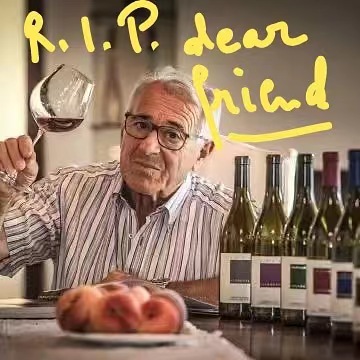
Ciao Luciano.
The gentle souls and the brightest minds shine forever brighter than many of those left behind.
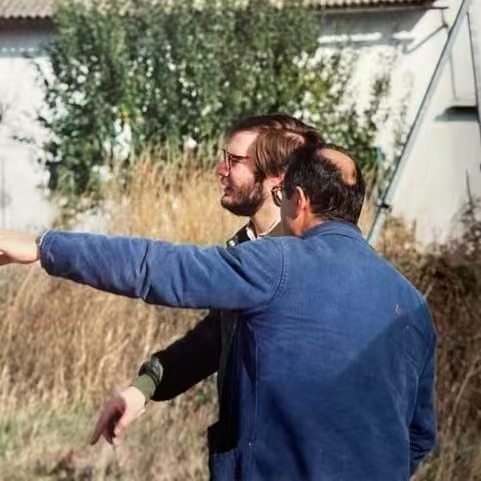
I first met Luciano in 1980, and had never lost track of each other since. Common friends helped: we both owe a debt of gratitude to Alfonso, and we’ll leave it at that. Luciano, you were one of the last people I saw in one of my last winery visits before Covid broke in 2020, and you would have been one of the first I would have seen when revving up visits again: that much was due. You were one of the forerunners of the “new wave” or “modernist” Barolo movement, but knew enough about the wines of Burgundy (indeed, a big expert) and the great wines of the rest of the world not to fall hook, line, and sinker for reinventing the wheel. Therefore, it is not by chance that your wines have always stood head and shoulders above many from that wave that have aged poorly and were less than they should have been. But neither did you remain static and continued on with traditional practices that were perhaps old and past their prime: your wines were always a synthesis of the best that Barolo could be. And if anyone needed a more shining example of your talent, forget about the 1985, 1990 and 2001 Barolo Cannubi Boschis: those are all-time great wines made in vintages that were beyond stellar. Clearly one can argue that the measure of greatness of one’s talent is that one does hit the bullseye in the millennial vintages (for not everybody does): but I prefer to think of your wine knowledge in terms of the 1984 still white-labeled Barolo Monghisolfo dei Cannubi (the last vintage of that wine before you turned it into the Barolo Cannubi Boschis with the iconic blue gold and white label), made in a sorry year in which most Barolos were nothing to write home about. But your 1984 effort, which I tasted the first time in 1985 with sommelier friends at home in Rome back in my university days in a blind tasting of the best 1984 Barolos, was a memorable one and it clearly shone the spotlight on your immense talent very early on indeed. And even when I did not agree with you, such as in the mistaken change of the name of the Barolo Cannubi Boschis to Barolo Aleste (you could have just as easily have called the wine Barolo Cannubi Boschis “Aleste” without the need, you of all people, to remove the name of the specific vineyard district and in so doing inflicting even more damage on Italian wine’s dubious and tenuous link with any real sense of terroir. But so be it: I understood your reasons, and as always, accepted and respected them.
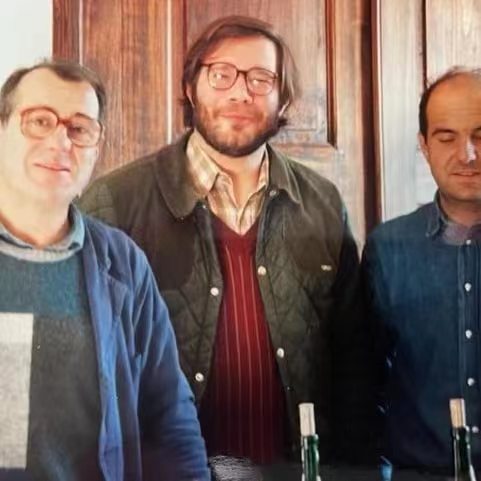
My heart and thoughts go out to Mariuccia, Barbara, Luca and your grandkids (Alessia, Stefano and Giacomo), who will continue to carry the torch, brilliantly. For they were able to learn from one of Italy’s very best. Certainly, one of Italy’s very nicest.
If I am a wine writer and educator today, it is because of people like you, and not others, that I was fortunate enough to meet when I was young. Meeting and frequenting you was an honour, a privilege and a life-defining moment that I have carried and will carry close to my heart until I see you again, far away among the angels.
For as some of these old photos attest, memories and truths never wane.
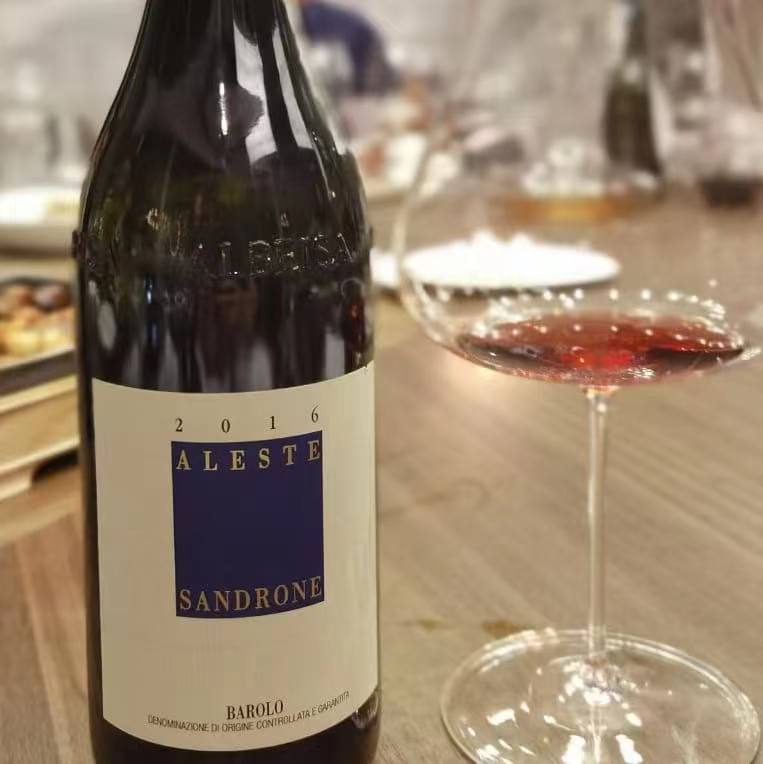
+++++++++++++++++++++++++++++++++++
Luciano Sandrone, winemaker and owner of the Sandrone winery in Barolo, passed away on January 5, 2023, at 76 years of age. A veteran of roughly fifty harvests, forty out on his own with his own world-famous eponymous winery, he was one of Barolo’s then young winemakers who ignited worldwide interest in the region’s wines thanks to his brilliantly delineated, very pure, precise renditions of the Nebbiolo grape. He put the Cannubi Boschis vineyard district on the map, clearly showcasing that the initial section of the extended Cannubi hill could also give not just great wines, but very different ones from those of the more famous Cannubi Centrale, the best part of the Cannubi hillside. As terroir should do.
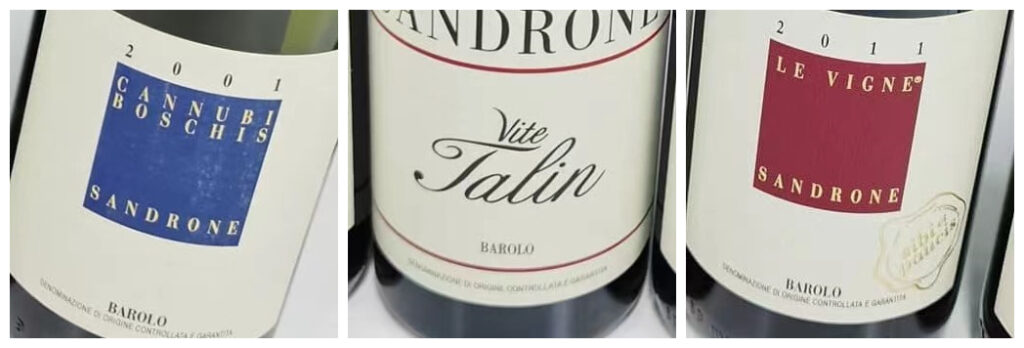
Sandrone was actually both an innovator/modernist and a traditionalist: his traditionalist bent was obvious with his excellent Barolo Le Vigne, a Barolo made by blending grapes from different vineyard districts as was one customary; but his innovative side was best demonstrated by his saving and bringing back to life the Nebbiolo Talin biotype, with which he now makes a paltry number of bottles of the Barolo Vite Talin. But Sandrone’s talent was such that he also made one of the best Dolcetto wines of the region, and a Barbera wine that was just as good, not to mention a Nebbiolo the grapes for which are sourced in the valmaggiore cru, one of the two best of the whole Roero.

 中文
中文
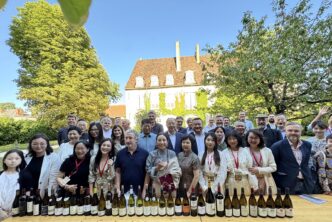
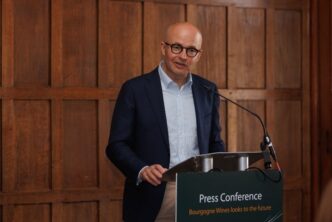
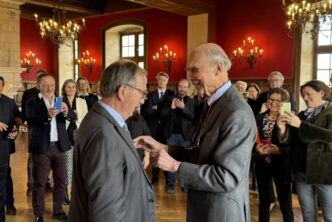
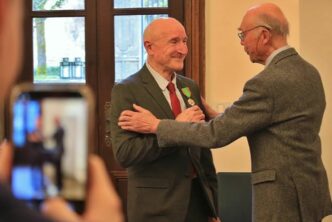
Well said Ian.
Thanks, he deserved this and more. Cheers.
ian